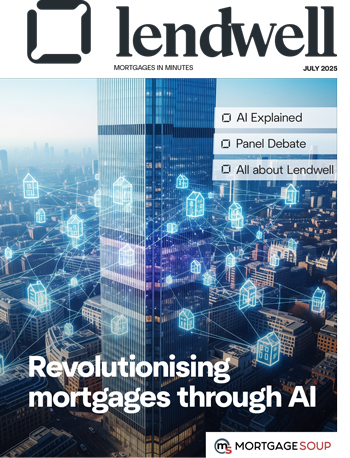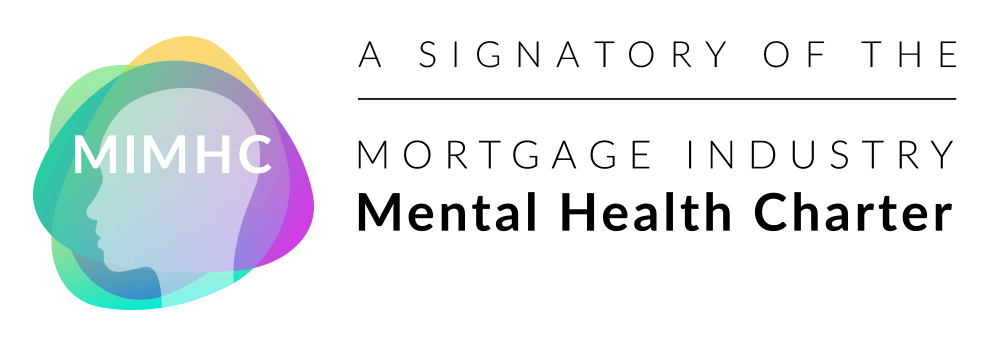With identity verification now being introduced across government – from Companies House and the Department for Work and Pensions (DWP) to the EU’s new Entry/Exit System (EES) – the direction of travel is clear.
Digital ID is no longer a concept; it’s becoming infrastructure. If implemented properly, it could be transformative for how individuals and businesses interact with both public and private services – including the mortgage market.
Take the DWP’s proposed eligibility verification measures, for example.
“Done right, these checks could make a huge difference.”
Done right, these checks could make a huge difference in ensuring benefits go to the right people.
A trustworthy digital identity can dramatically reduce identity fraud and speed up verification by allowing agencies to confirm residency, right-to-work and other eligibility factors instantly, rather than relying on manual document reviews. That’s a game-changer for both efficiency and fairness.
INTEGRATION IS KEY
But the impact depends on integration. To catch ineligible claimants, digital ID needs access to up-to-date data across HMRC, DWP, passport and immigration systems – and, where lawful, certain financial or employer records.
Without those cross-checks and strong privacy controls, the system risks being both ineffective and vulnerable to attack. Public trust will evaporate if people suspect their information is being misused or held indefinitely.
That principle applies just as strongly in the private sector. In the mortgage and property market, where identity verification is still often slow and manual, a robust, national, digital ID framework could cut weeks from transactions.
FASTER VERIFICATION
Imagine a first-time buyer confirming their ID instantly with their lender, or a broker completing client due diligence in minutes rather than days. Not only would this speed up approvals and reduce friction, but it would also strengthen fraud prevention by using verified, up-to-date identity data rather than photocopied documents or screenshots.
We already see how technology can make verification faster and safer. Our TripleCheck system, for instance, draws data from all three major credit reference agencies – Equifax, Experian and TransUnion – and cross-references it with the electoral register, facial recognition and fraud-detection algorithms.
This multi-layered approach delivers more accurate results and fewer false positives. Applying similar principles to public-sector digital ID would make systems more resilient and trustworthy.
SMART MOVE
The Government’s proposal to pilot digital veteran cards as a case study is a smart move. Starting with a specific, well-defined group can help build public confidence before any broader rollout.
If that pilot proves successful, it could pave the way for more intelligent, privacy-centric access to services – from welfare and pensions to tax, driving licences and even, as mentioned above, mortgages.
“Trust is hard-won and easily lost.”
That’s because trust is hard-won and easily lost. Individuals must know that their data is used only for its intended purpose, retained for the minimum time necessary and subject to independent oversight.
Transparency, accountability and personal control aren’t optional extras; they’re the foundation of a system people will actually use.
Ultimately, the potential of digital ID lies in its universality. A single, trusted identity that an individual can control and use across public and private services would make everyday tasks simpler, safer and more consistent.
It could mean faster mortgage approvals, smoother conveyancing and stronger anti-fraud protections – not to mention easier access to government services for those who need them most.





